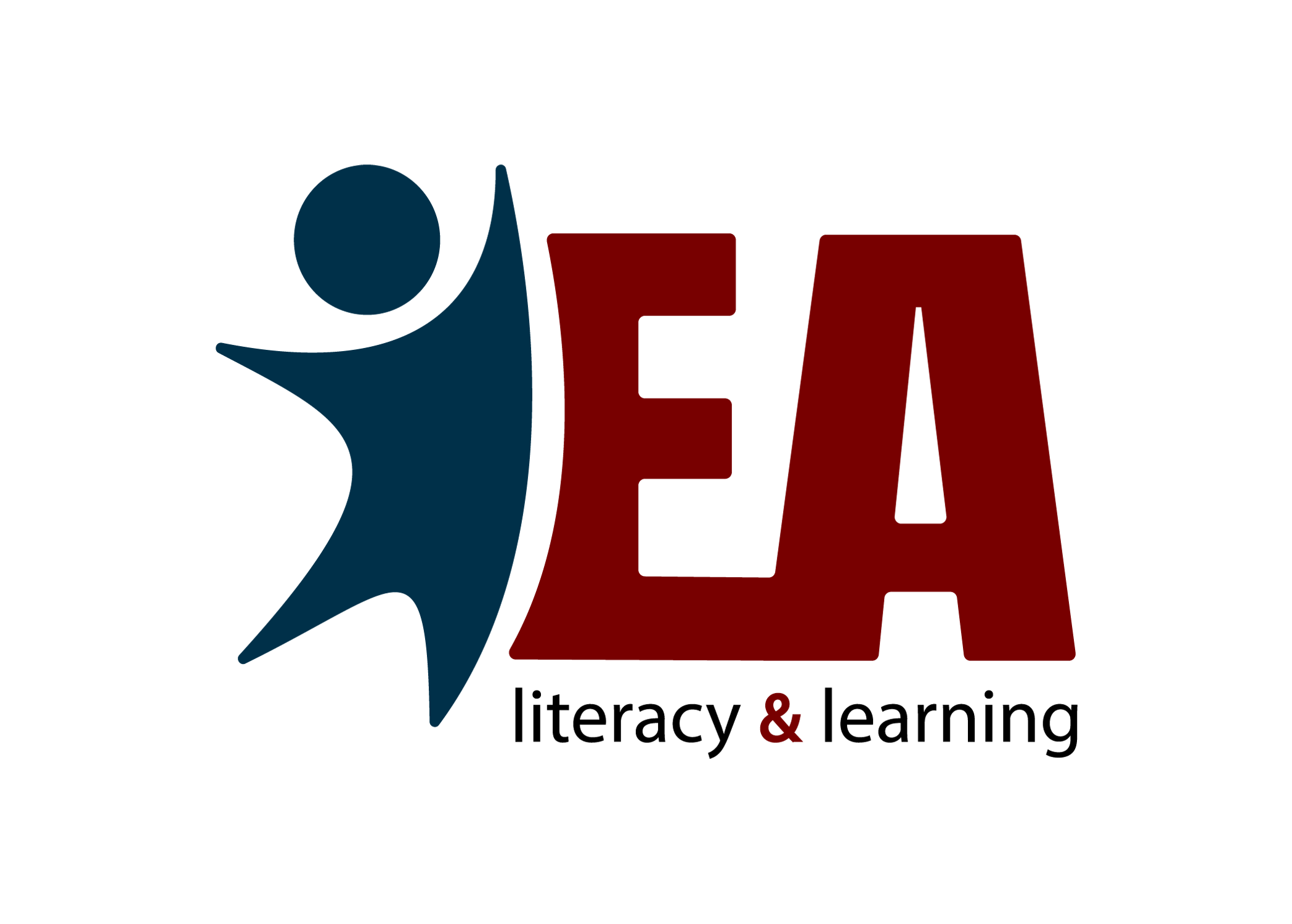
Why Daily Phonological Awareness Matters
For teachers committed to building strong, confident readers, research consistently points to one key practice: short, consistent work with phonological awareness skills. Even spending a couple of minutes each day—focused on listening to and manipulating sounds—sharpens essential skills. The science of learning, including the spacing effect, reveals that frequent, brief practice helps students retain and apply concepts much better than longer, less frequent sessions (National Reading Panel, 2000; Schuele & Boudreau, 2008; Albro, 2025).
Tip: Schedule a daily 2-3 minute phonological awareness routine at the same time each day—such as at the start of your literacy block—to automate and anchor the habit for students.
Key Skills in Phonological Awareness
Phonological awareness covers a range of skills: recognizing rhymes, segmenting syllables, and blending sounds. Phonemic awareness—working with individual sounds (phonemes)—is especially effective for boosting decoding and spelling confidence. Strong evidence ties these skills directly to reading fluency and spelling success. All learners benefit from daily practice, with students who have language challenges needing extra, intentional support (Schuele & Boudreau, 2008; Ehri et al., 2001; Wexler et al., 2025).
Tip: Try “sound boxes” (Elkonin boxes) for segmenting and blending phonemes—give students a word, then have them move a chip into a box for each sound they hear. For example, for “cat,” students push a chip for /c/, /a/, /t/ as they say and blend the sounds.
Supporting Struggling Readers with Brief Reviews
Revisiting phonological awareness skills beyond the early grades can be transformative for struggling readers. These reviews should be short and purposeful, integrated as check-ins during phonics lessons, warm-ups, or small-group work. This keeps sound skills active and relevant as students work toward fluent reading (Torgesen, 2004; Hatcher, Hulme, & Ellis, 2004; IMSE, 2025).
Tip: Start each word study lesson with a quick, 2-minute review focusing on phoneme isolation, deletion, segmentation, or substitution. For example, ask students to change the /m/ sound in “mat” to /s/ to make “sat,” or change the first syllable in “pancake” from “pan” to “cup” to make “cupcake.” This daily practice gives struggling students essential repetition and freshens foundational skills before new content.
Moving from Larger to Smaller Sound Units
A well-established continuum structures instruction, starting with larger units (words, syllables) and progressing toward smaller ones (onsets, rimes, and phonemes). This progression helps scaffold learning and ensures lessons meet students at their current skill level. Assessments highlight students who may need more targeted practice, enabling effective differentiation through strategies like scaffolds, visuals, and small-group sessions (IMSE, 2025).
Tip: Regularly check student understanding with quick, oral assessments—such as asking students to clap syllables or isolate first sounds—to guide flexible grouping.
The Impact of Consistent Practice
Daily phonological awareness work is much like giving students a quick, essential tune-up. Just a few intentional minutes each day set the stage for strong literacy instruction and skill retention. For at-risk students, this habit can be the difference-maker on their journey toward independent, confident reading (National Reading Panel, 2000; Torgesen, 2004; Albro, 2025).
Tip: Track progress by maintaining a simple checklist of students’ phonological skills and celebrate growth, both big and small, to keep motivation high.
References
Albro, J. (2025). The effects of phonological and phonemic awareness interventions: A systematic review. Kentucky Reading Research Center. https://www.kyreadingresearch.org
Ehri, L. C., Nunes, S. R., Stahl, S. A., & Willows, D. M. (2001). Systematic phonics instruction helps students learn to read: Evidence from the National Reading Panel’s meta-analysis. Review of Educational Research, 71(3), 393–447.
Hatcher, P. J., Hulme, C., & Ellis, A. W. (2004). Explicit phoneme training combined with reading intervention improves reading and spelling in poor readers. Journal of Experimental Child Psychology, 88(3), 305-327.
IMSE. (2025). Phonological awareness continuum: A guide for educators. Institute for Multi-Sensory Education. https://journal.imse.com
National Reading Panel. (2000). Teaching children to read: An evidence-based assessment of the scientific research literature on reading and its implications for reading instruction. National Institute of Child Health and Human Development.
Schuele, C. M., & Boudreau, D. M. (2008). Phonological awareness intervention: Beyond the basics. American Journal of Speech-Language Pathology, 17(1), 3–18.
Torgesen, J. K. (2004). Lessons learned from research on interventions for students who have difficulty learning to read. In P. McCardle & V. Chhabra (Eds.), The voice of evidence in reading research (pp. 355-382). Paul H. Brookes Publishing.
Wexler, J., Fiester, L., & Collins, S. (2025). Phonological and phonemic awareness: Bridging research and practice. Collaborative Classroom. https://www.collaborativeclassroom.org
Little Tidbits – After the Fall

After the Fall tells the story of Humpty Dumpty after his famous fall. Struggling with fear and self-doubt, Humpty faces the challenge of venturing beyond his wall again. Through courage, persistence, and small steps, he learns to overcome his fears and rediscover confidence, showing young readers the power of resilience and hope.





